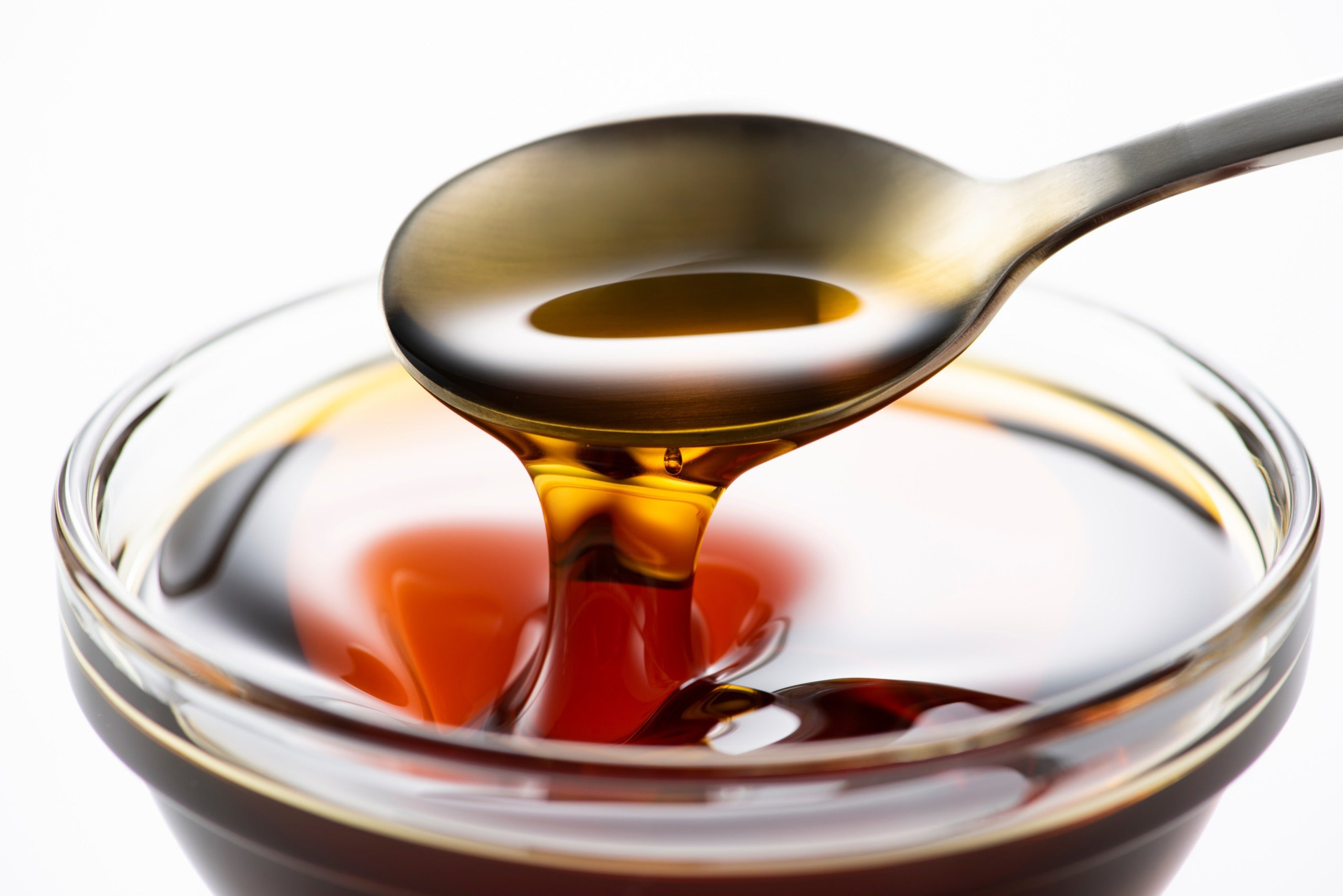Introducing 8 types of viscometers

There are many types of viscometers. How many types of viscometers do you think there are? And what do you think is the difference between each viscometer? Below are eight commonly used viscometers.
|
This article will introduce the features and differences of these viscometers.
| *This article is primarily intended for businesses customers considering the selection or implementation of viscometers. It is not designed to provide information for research purposes or academic citations. We kindly ask for your understanding in this regard. |
Capillary viscometer

A capillary viscometer is the most common type of viscometer. The principle is to flow a sample through a glass capillary tube and measure the flow time for a certain amount.
| Features |
|
| Examples |
|
Short tube viscometer

This is the principle of measuring the time when a certain amount of liquid flows out from a short pipe outlet hole at the bottom of the container.
| Features |
|
| Examples |
|
Falling body viscometer

The principle is to put a sample in a glass tube and measure the time it takes for a ball or cylinder to fall through it.
| Features |
|
| Examples |
|
Falling ball viscometer

The principle is to put a sample in an inclined glass tube and measure the time it takes for a ball to roll down inside.
| Features |
|
| Examples |
|
Bubble viscometer

The principle is to seal the sample by leaving a certain amount of air in the test tube, turn it upside down, and compare the rising speed of air bubbles with that of a standard tube.
| Features |
|
Coaxial Double Cylindrical Rotational Viscometer

The principle is to put a sample between an inner cylinder and an outer cylinder, and measure the torque acting on one cylinder when the other cylinder is rotated at a constant speed.
| Features |
|
| Examples |
|
Single Cylindrical Rotational Viscometer
Principle of measuring torque when a cylinder is rotated at a constant speed in a sample. For those who want to carry their viscometer with them, the best viscometer is a lightweight, single cylindrical rotational viscometer.
| Features |
|
| Examples |
|
Cone plate viscometer

The principle is to put a sample between a cone and a flat plate and measure the torque received by the other when one is rotated.
| Features |
|
Other
Other types include vibration viscometers, parallel plate viscometers, and rotator viscometers.
RION's viscometer is recommended for measuring viscosity!

RION's viscometer is recommended for the following three reasons.
1.Confidence in accuracy
RION has a long history of manufacturing and developing viscometers. Utilizing our many years of knowledge and experience, we are able to achieve accurate viscosity measurements that are competitive with our competitors.
2.Portable type that can be measured anywhere
Most common viscometers are large and heavy. However, RION's VT-06 is compact and lightweight while maintaining measurement accuracy. The structure is simple, so even people with no knowledge or experience of viscosity measurement can easily measure it.
3.Loved by many customers around the world
RION is a Japanese manufacturer, but the viscometer VT-06 is used not only by customers in Japan but also by customers in countries around the world. VT-06 may be used for quality control in the things you usually use and eat.




